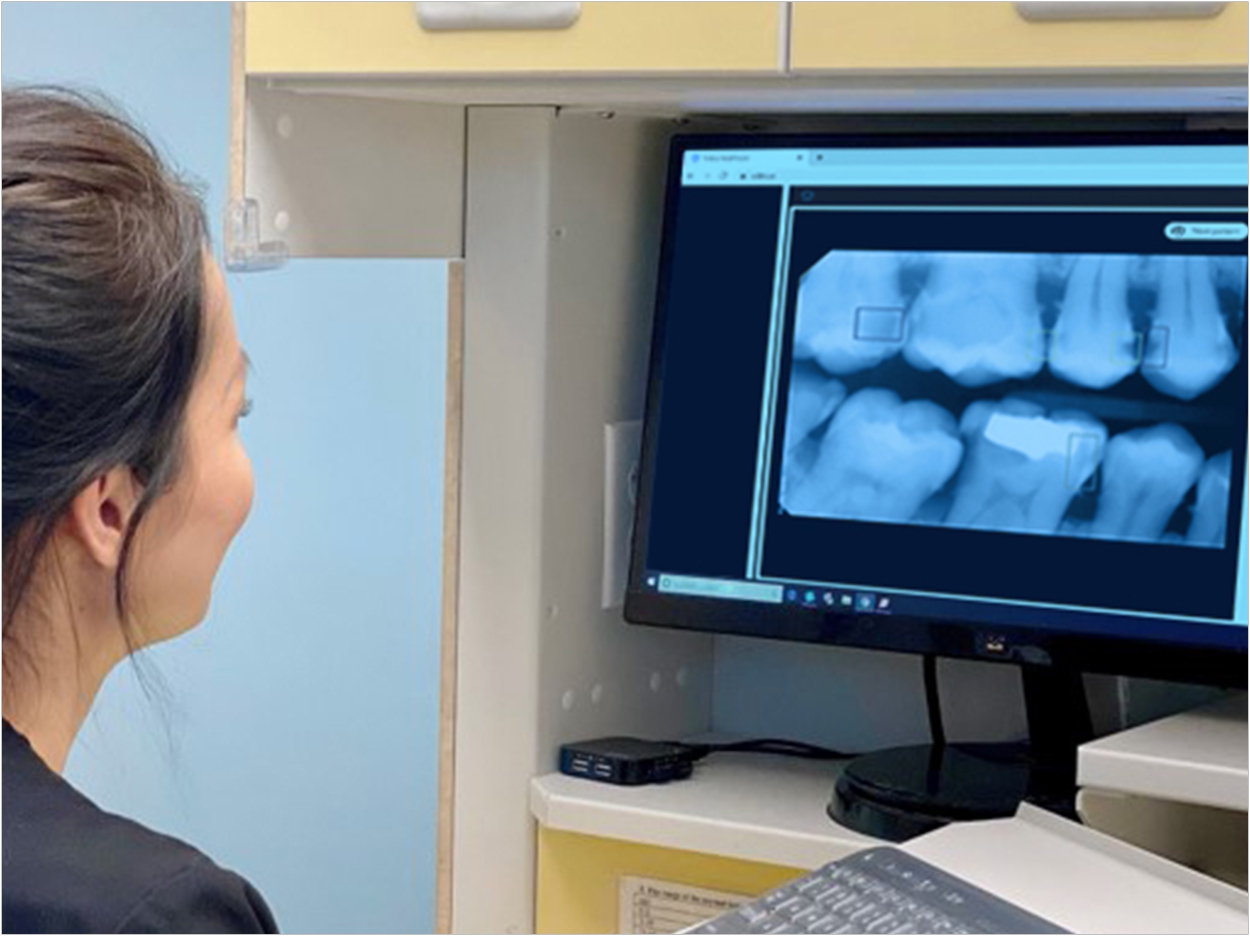
Artificial Intelligence (AI) is both a science-fiction concept and a very real domain of computer science currently birthing a spectacle of data collection and application. It also is already all around us. And whether we welcome the idea of “thinking” machines performing traditionally human tasks or not, it’s here to stay.
But for those of us who wish to understand it, AI may not be the doomsayer experience that Hollywood and science-fiction writers would lead us to believe. Instead, it’s an exploration of computer technology as it unfolds in the human world, and one that is resulting in greater efficiency, connectivity, and accuracy with transformative implications, in much the same way that computers and smart phones have revolutionized our lives.
How AI Works
Unlike hand-coded software that only knows how to perform predetermined operations, AI takes it a step further by giving machines problem-solving and predictive capabilities through algorithmic computations and the recognition of patterns and relationships in data.
While AI itself is considered more of an academic discipline, concrete subfields that include machine learning (ML), deep learning (DL), and computer vision are actually what project AI onto the world today.
These technologies compile massive stores of data and make analyses based on advanced algorithms, which are programs that “teach” machines how to understand the data and what to do with it. When data and algorithms are combined, machines have the power to “learn” and make conclusions based on information in the form of words, symbols, and visualizations.
These computer-produced, input-output conclusions are the automated insights we seek as they apply to all the various operations of our world. Add the lightning-fast iterative processing of computers we all know and love, and you have something like a thinking machine on your hands.
In a nutshell, the purpose and goal of introducing AI into our lives is to make decisions faster and more accurately via data analysis impossible with the human mind alone. It also allows us to automate countless processes that would otherwise require time-consuming (and error-prone) work.
When it comes to dentistry, there’s no shortage of opportunities where leveraged data can benefit both patient and provider through enhanced quality of care, diagnosis, efficiency, and connectivity that transcends technology and real-world application.
AI’s Role in Dentistry
In dentistry, AI is currently revolutionizing a range of diagnostic procedures and networking essentials while expanding our field of knowledge and enabling more advanced care. As a technology-based second opinion, AI gives dentists the support of a professional colleague who doesn’t eat or sleep and has nothing but time. It opens the door to data-driven and accurate dentistry that relieves providers of countless workloads while enhancing their decision-making capabilities with speed, accuracy, and reproducible reference points.
With AI, dentists may no longer have to rely on their own strained interpretations of data taken from foggy images or squirming patients in the dental chair. Instead, utilizing their knowledge, experience, and skills, dentists can analyze and act on metadata while confirming it with educated, human conclusions.
AI in dentistry can be built on algorithms of millions of individual images and data input sources including patient histories, documented conditions and diseases, diagnoses, patient input, and a broad spectrum of imaging types, contrasts, gray zones, and abstract conclusions.
Algorithms can be specific to every type of ailment or condition based on classifications, detections, and segmentations that offer penetrating insight into images before aligning visual data with additional input sources such as those mentioned above.
The diagnostic potential of AI can serve to standardize care by backing dental services with readily accessible clinical data that acts like an overlay for personalized treatment plans. Because treatment is so often a personal choice in dentistry, AI gives authority to a dentist’s assertions and may serve to absolve the dentist of blame in liability claims.
AI can also create a mapping of the entire mouth and enhance focus on areas not directly related to patient input or dental diagnostics, which may result in preventive care and increased patient-provider trust.
And this is only the beginning. AI may soon be capable of accurate progression-over-time diagnoses, AI-powered dental products and technologies, predictive analytics that suggest the timeline of conditions, and even more fascinating breakthroughs.
Mr. Hillen is the founder and CEO of VideaHealth, an MIT spinout and leading dental-AI company working with leading DSOs, insurers, and other companies in the dental industry. Previously, he conducted research at the intersection of engineering and social science at MIT’s Institute for Data, Systems and Society and at Harvard Business School. He also worked for McKinsey & Company and founded Ninu, a digital healthtech startup. He holds two master’s degrees from MIT in computer science and technology policy and a bachelor’s in management and technology. He completed the first German State exam in medicine as well. This article is the product of a discussion between Mr. Hillen and Dr. Paul Feuerstein, editor in chief of Dentistry Today.
Related Articles
Patnership Brings Artificial Intelligence to Dental School
Dentistry Shakes Hands With Artificial Intelligence
How to Leverage AI to Grow Your Dental Practice












